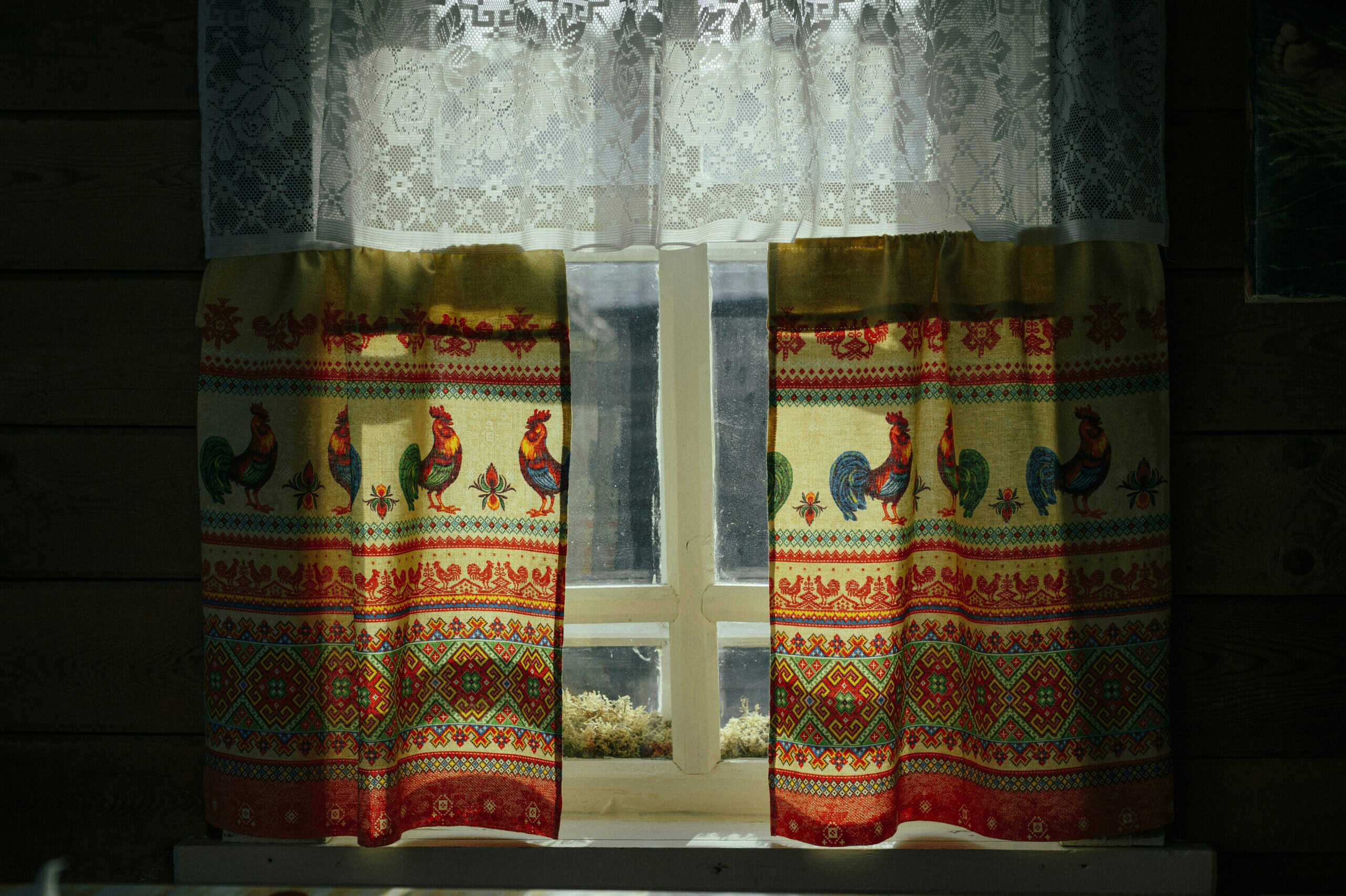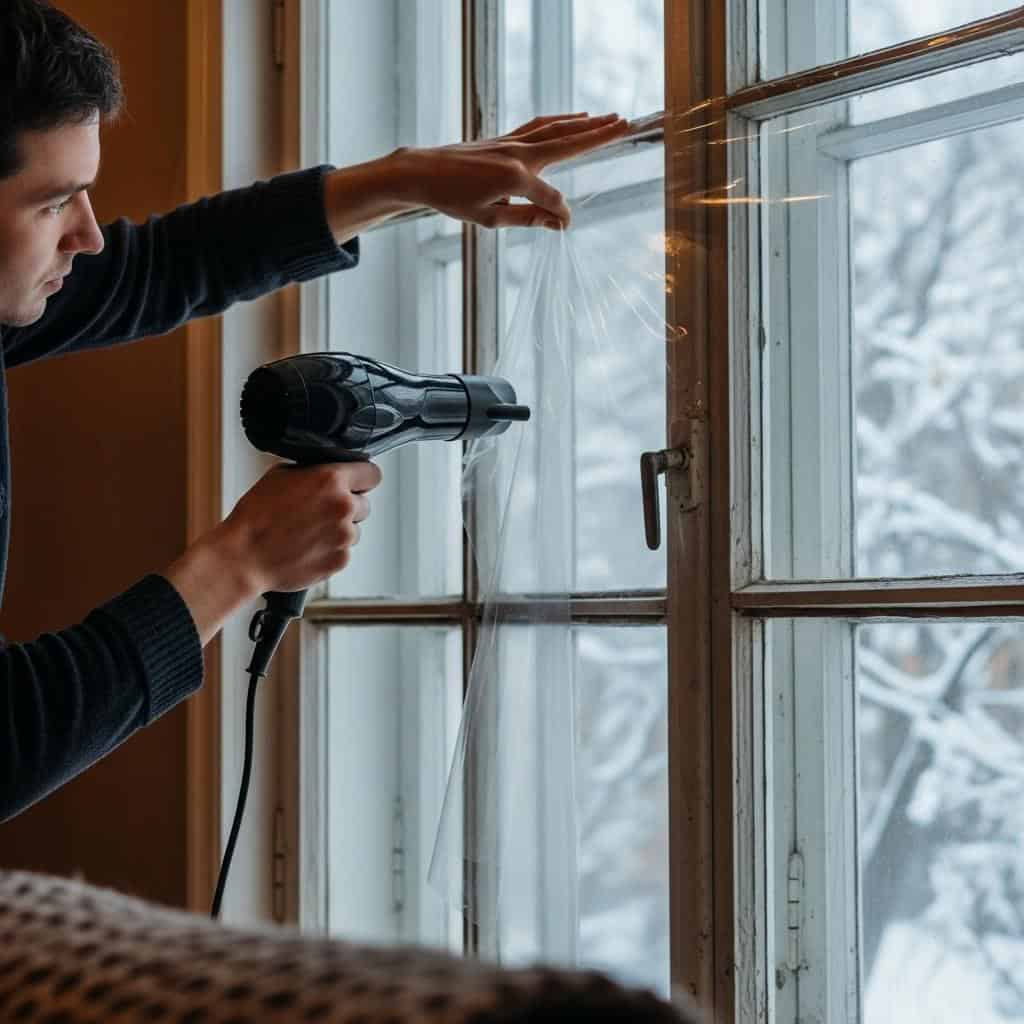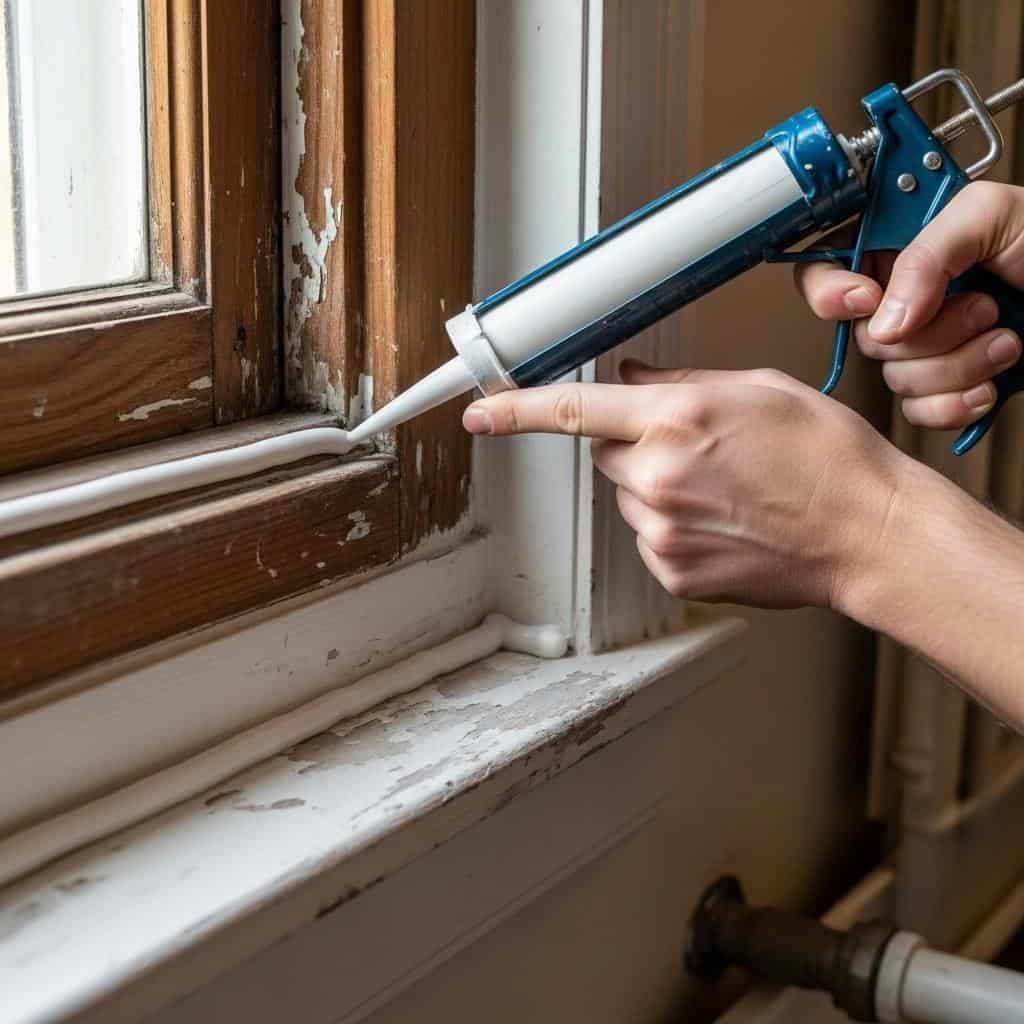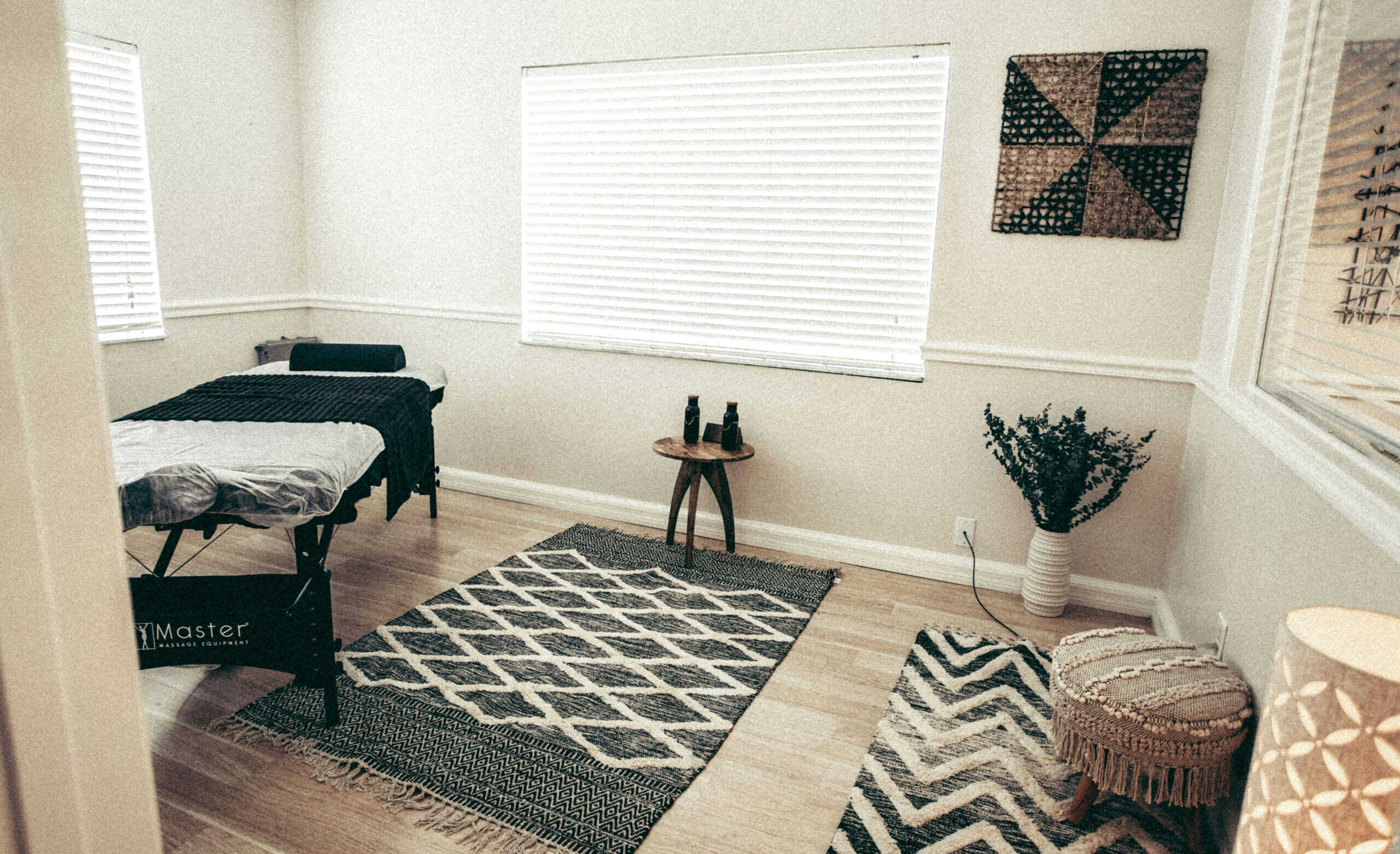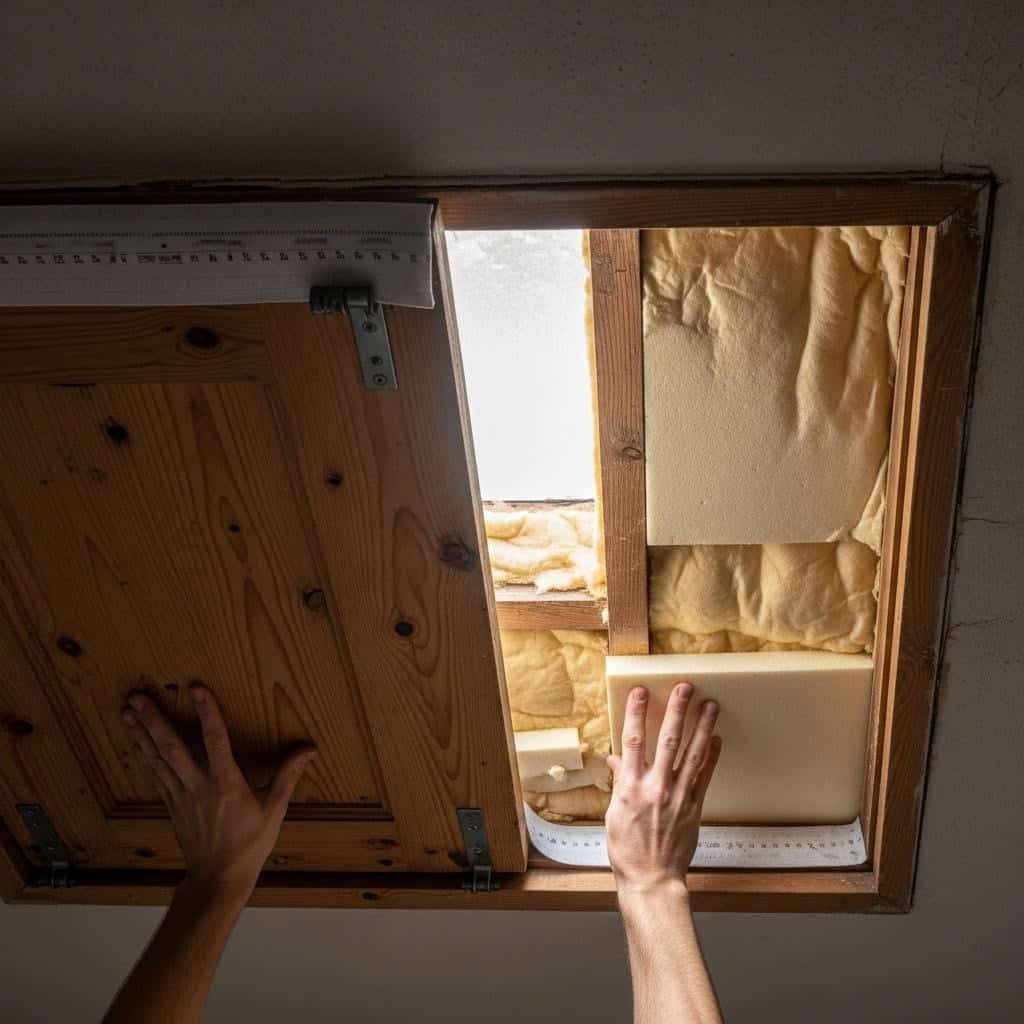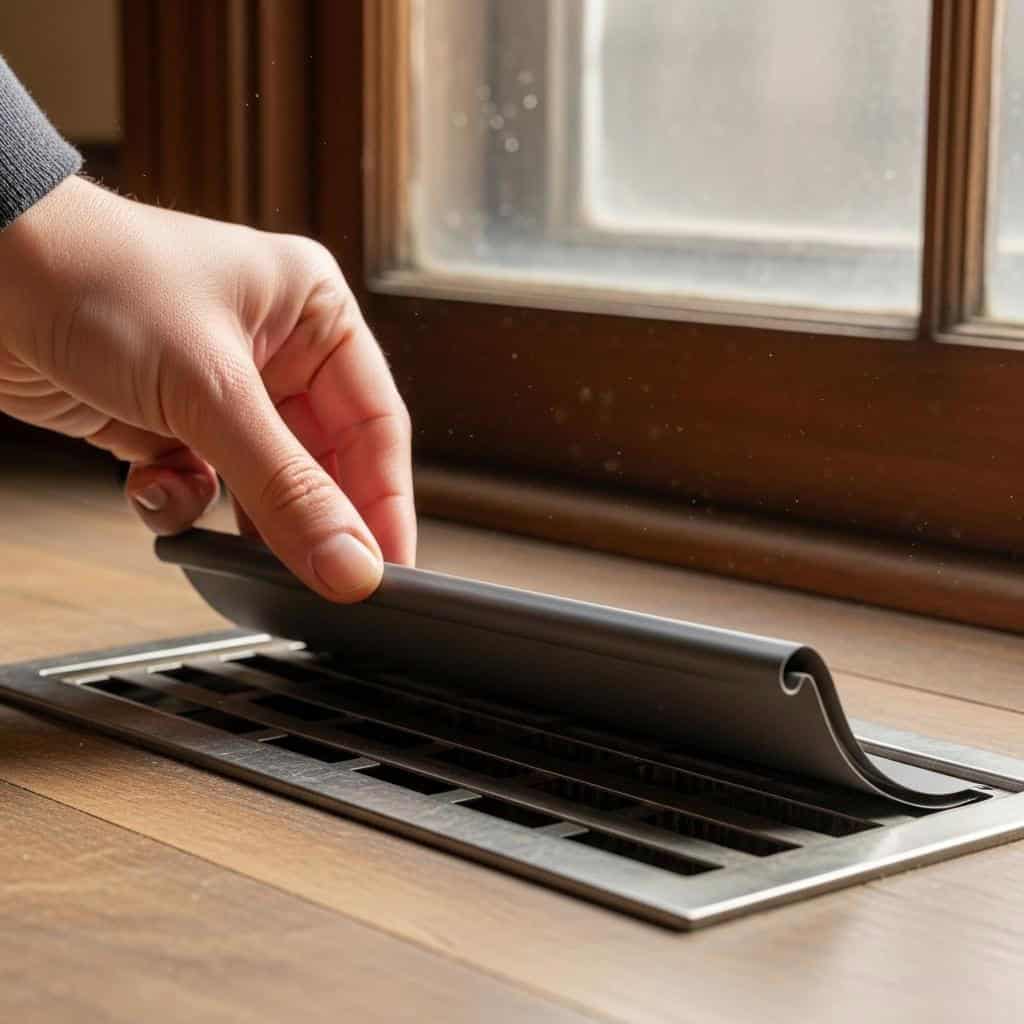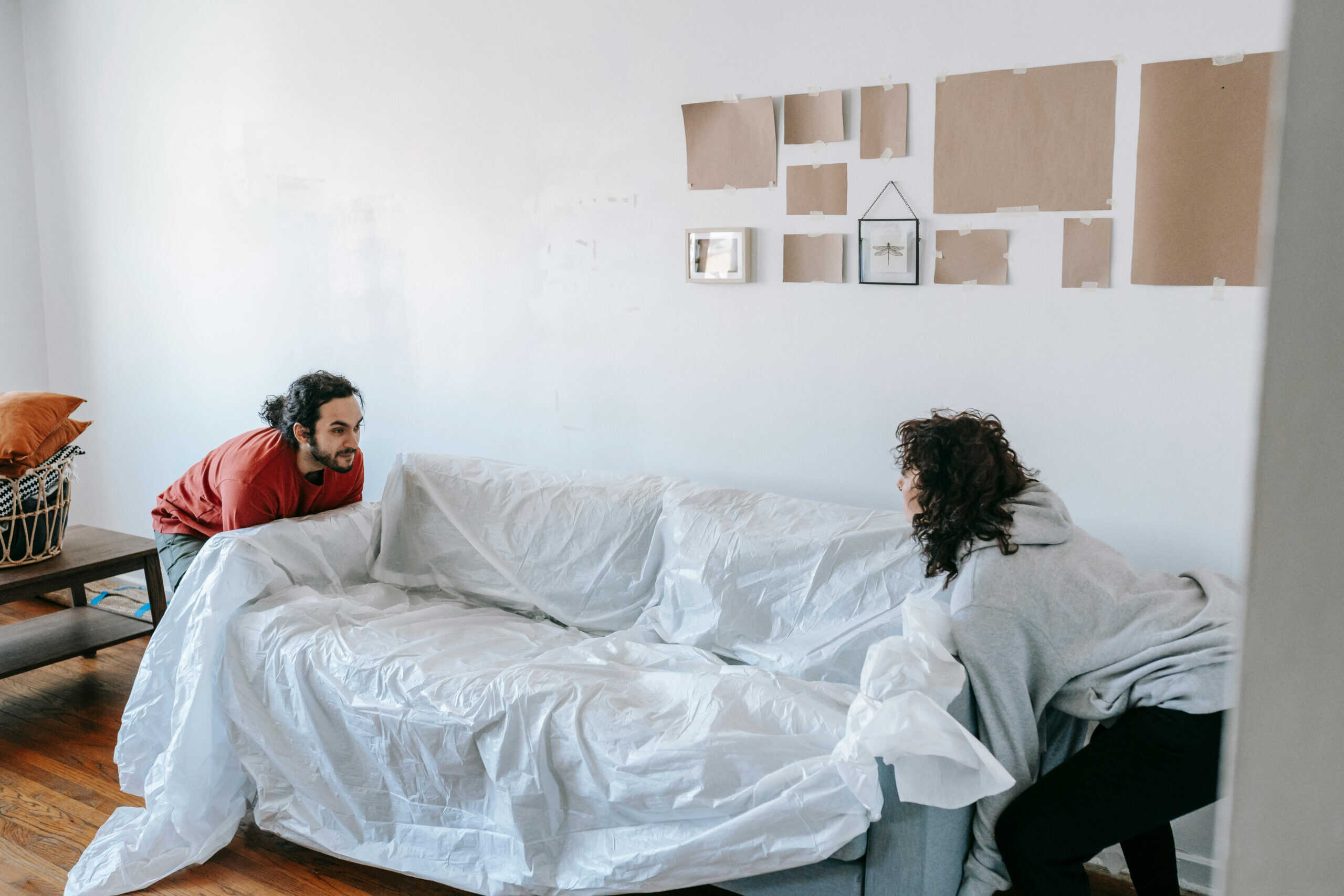Many older homes are notorious for their chilly drafts and high heating bills, often due to thin walls, aging windows, and gaps that let warm air escape. While modern insulation is effective, it can be costly and disruptive. Thankfully, simple, affordable fixes can drastically reduce drafts and improve comfort. These low-tech solutions don’t require major renovations, and can help you save energy and money. For more insights, check out these tips from Energy Saver.



